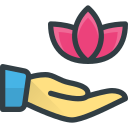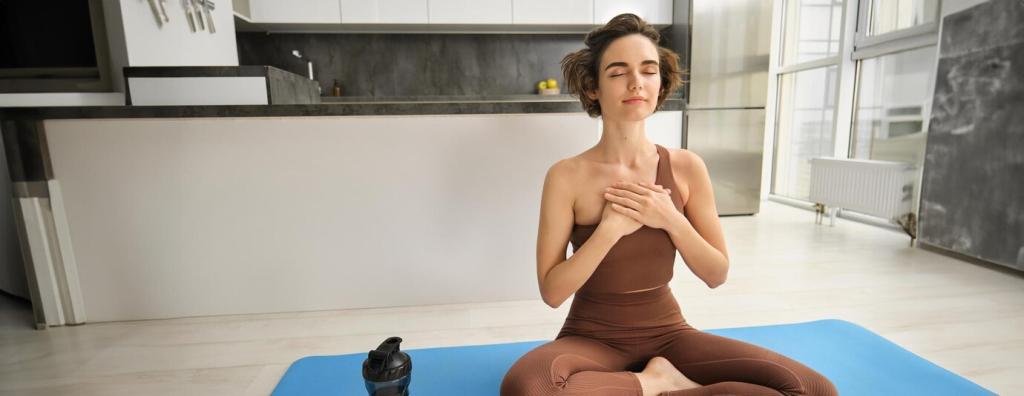
Yoga as a Tool for Managing Anxiety
Today’s chosen theme: Yoga as a Tool for Managing Anxiety. Breathe into steadiness, settle your thoughts, and rediscover the quiet confidence that lives beneath the noise. Stay with us, practice gently, and subscribe for weekly guidance that helps you meet anxious moments with clarity and care.
Why Yoga Helps When Anxiety Rises
Breath as a Steering Wheel
The breath is a conversation with your nervous system. Longer, smoother exhales tell your body, “You are safe.” Try a gentle rhythm, exhale slightly longer than you inhale, and notice the softening across your jaw and shoulders. Share your favorite calming count in the comments so others can try it too.
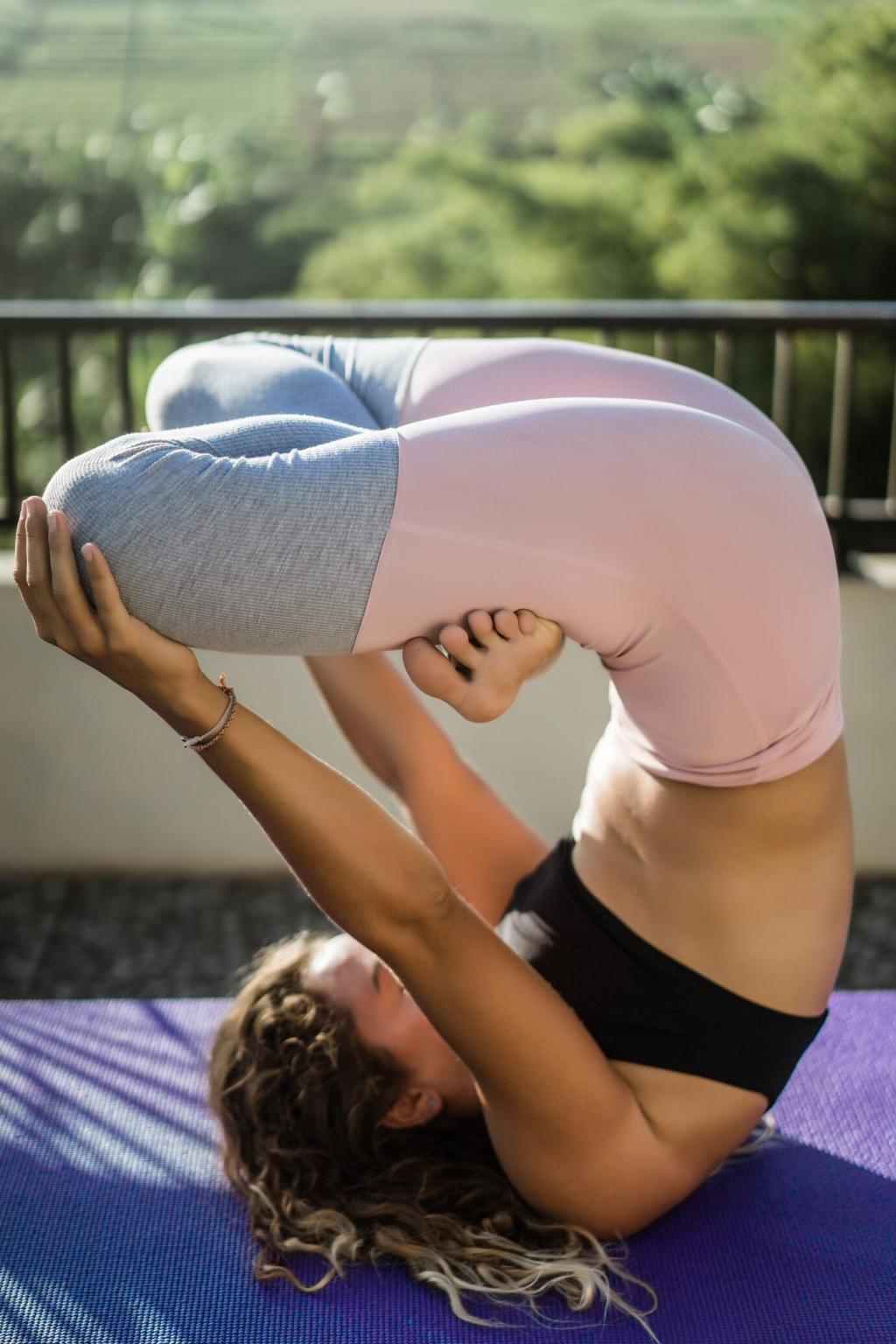
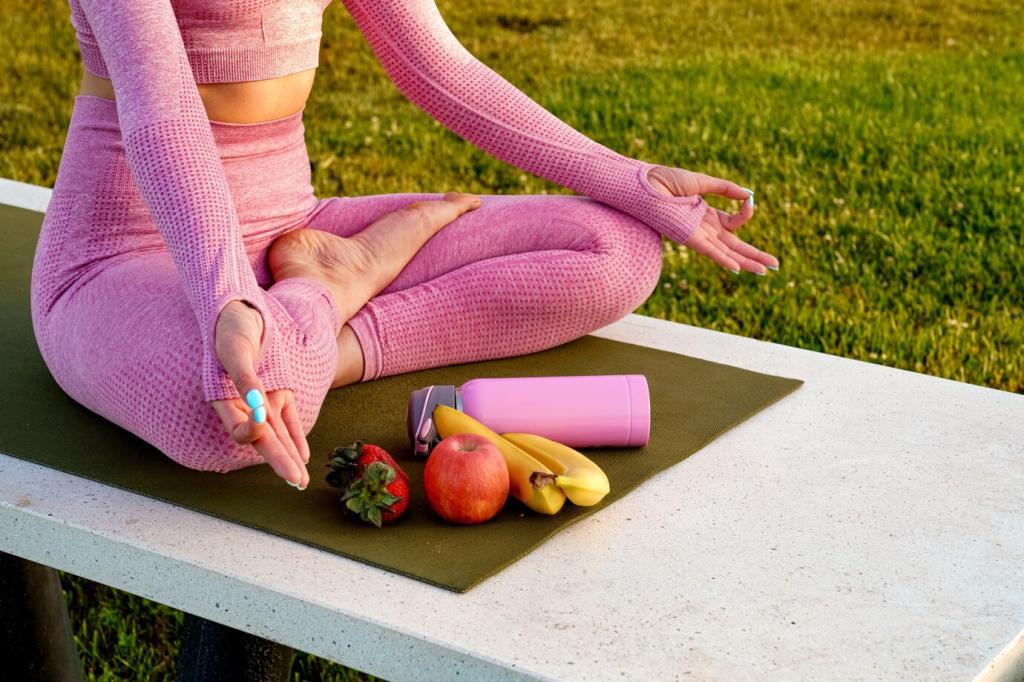
Body Shapes that Signal Safety
Supportive shapes like Child’s Pose and gentle forward folds cue the body to downshift. Ground your feet, feel the mat, and let props carry your weight. Anxiety often eases when your brain senses stability beneath you. Experiment today and tell us which pose felt most reassuring in your body.
Mountain Pose (Tadasana) with Soft Knees
Stand with feet hip-width, knees unlocked, and weight balanced from heel to toe. Lengthen through the crown, relax your jaw, and feel your ribs expand gently. This is presence, distilled. Practice for sixty seconds daily and subscribe for a deeper weekly breakdown of posture cues that foster calm.
Child’s Pose (Balasana) with Support
Knees wide or together, belly resting on a cushion or folded blanket, forehead grounded. Allow your back to widen as you breathe. Stay for a few minutes, noticing the slow quieting within. If this shape soothes you, tell us how you set it up so others can learn your comforting tweaks.
Legs-Up-the-Wall (Viparita Karani) for Downshifting
Scoot your hips near a wall and rest your legs upward, placing a blanket under the sacrum for support. This gentle inversion can ease tension and invite a slower heart rhythm. Keep the breath smooth and unforced. Save this practice for evenings, and let us know how your sleep changes.

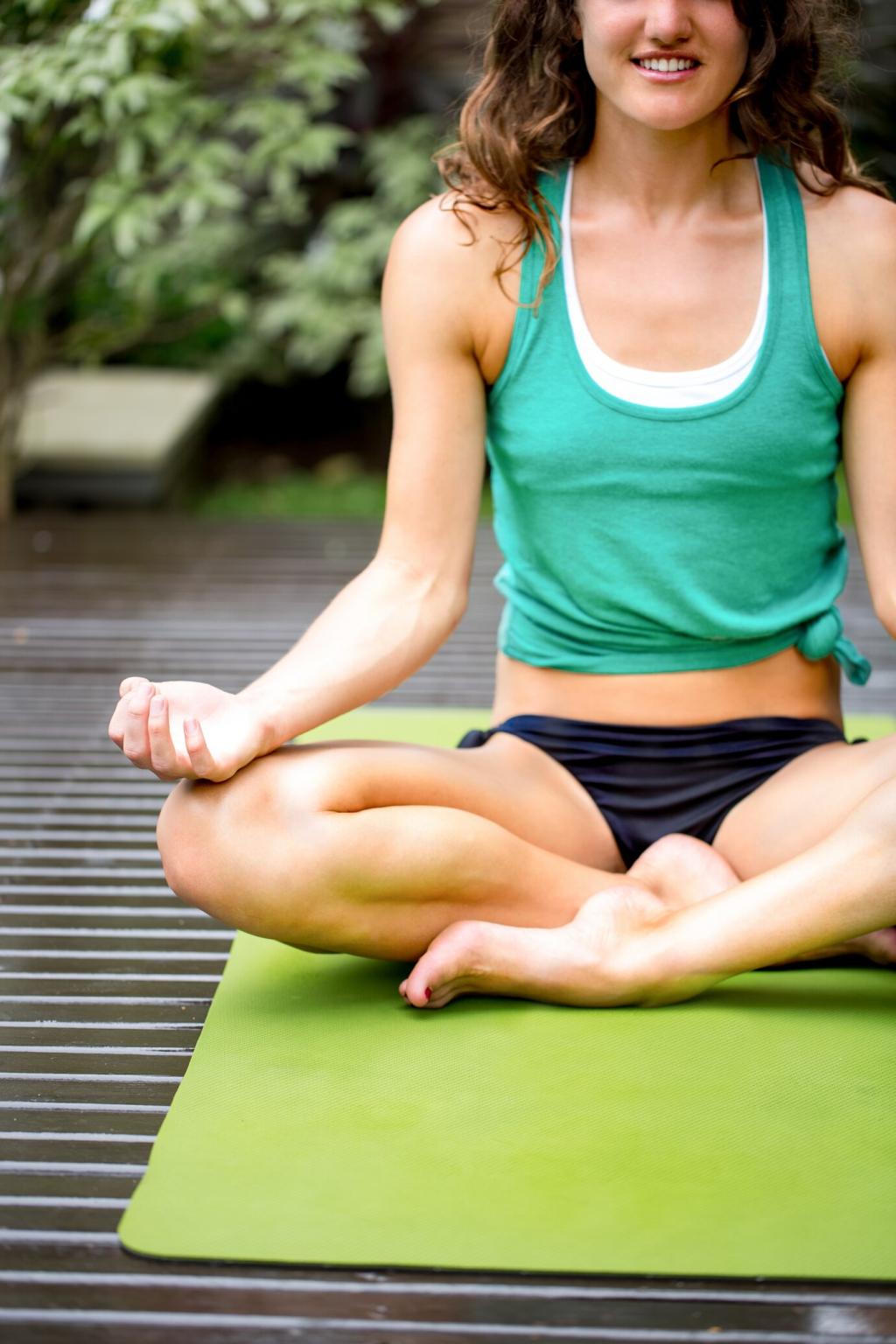
Breathwork You Can Trust
Inhale softly for a count of three, exhale for a count of six. Keep shoulders relaxed and jaw soft. If dizziness appears, reduce the count. After two minutes, notice how the mind’s edges feel less sharp. Try this today and share your experience; your feedback helps refine our future sequences.
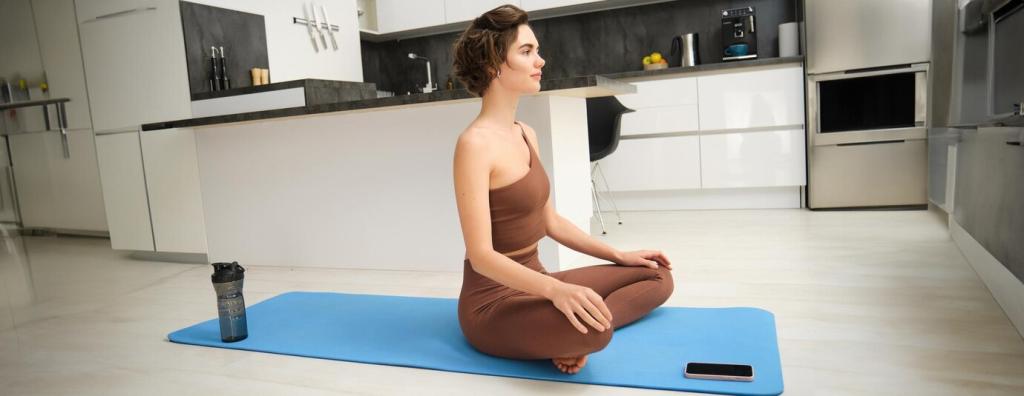
Arrive: Ground and Notice
Sit or stand, place a hand on your belly and one on your chest. Feel the breath move. Name four things you see, three things you feel, two things you hear. This sensory check-in reduces spiraling. Try it tomorrow morning and tell us which step helped you the most.
Move: Gentle Cat-Cow and Low Lunge
Transition slowly through Cat-Cow for one minute, then step into a low lunge with a long, steady exhale. Switch sides. Movement metabolizes stress, especially when paired with mindful breath. Save this mini-flow and comment if you’d like a printable card; we’ll create one for subscribers.
Settle: Forward Fold and Seated Stillness
End with a soft forward fold, knees bent, then sit tall for one minute of quiet. Give your attention to the faint pause after each exhale. That pause is a doorway to ease. Share how you felt afterward, and invite a friend to practice with you this week.
Mindset and Philosophy that Lower the Volume
01
Ahimsa asks you to stop fighting yourself. When anxiety arrives, instead of waging war, offer gentleness and structure. A soft blanket, a timed breath, a patient reminder: “I am here.” Tell us what your kindness looks like in practice; your example can help someone rewrite a harsh inner script.
02
Santosha is contentment, not complacency. It is the quiet recognition that this breath is enough to meet this moment. Anxiety often shouts, “Do more.” Santosha whispers, “Be here.” Journal on one small thing that felt sufficient today and share a line to encourage another reader’s evening reflection.
03
Abhyasa is steady practice; Vairagya is releasing the outcome. Together they create durable calm. Show up regularly, and soften your grip on results. Track gentle wins: one slower breath, one kinder thought. Post your smallest win below and subscribe for monthly check-ins celebrating your quiet progress.
Rituals and Environments that Support Calm
Create a Landing Pad
Leave a mat open, a folded blanket nearby, and a note with your favorite breath count. Reduce friction and your practice will meet you halfway. Take a photo of your setup for personal motivation, and tell us one item that instantly makes your practice space feel kinder.
Evening Wind-Down
Choose a consistent cue: when the kettle clicks off, dim the lights, three minutes of extended exhale, then supported forward fold. Repeat nightly and watch your system learn the pattern. Share your cue with our community; your routine might spark someone else’s first peaceful evening this month.
Digital Boundaries
Silence alerts for a small window daily and protect that time for breath or gentle movement. Anxiety thrives on constant interruption; calm prefers rhythm. Add our weekly digest instead of endless pings, and subscribe for a single, thoughtful email that supports your practice rather than scattering your focus.
Your Voice Matters: Stories and Reflections
Sam’s Calendar Spiral and the Two-Minute Pause
Sam watched a wall of meetings stack up and felt breath shorten. Two minutes of box breathing, a mindful stretch, and one sentence rewritten kindly shifted everything. If you have a similar moment, share it below; your clarity might be the lantern someone else carries into tomorrow.
Mira’s Midnight Loop and the Wall
At 3 a.m., Mira tried Legs-Up-the-Wall with slow humming exhales, then journaled three reassuring facts. The loop loosened, and sleep returned. Have nighttime strategies that help you? Add them to the comments so we can compile a community list and send it to subscribers next week.
Your Turn: Tell Us What Helps
What breath, pose, phrase, or ritual steadies you when anxiety rises? Share one practice and one feeling it unlocks. We will gather responses into a reader-created guide to calm. Join the conversation, invite a friend, and subscribe to receive the collective wisdom you helped build.
